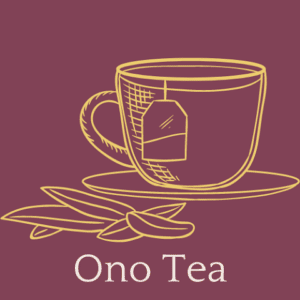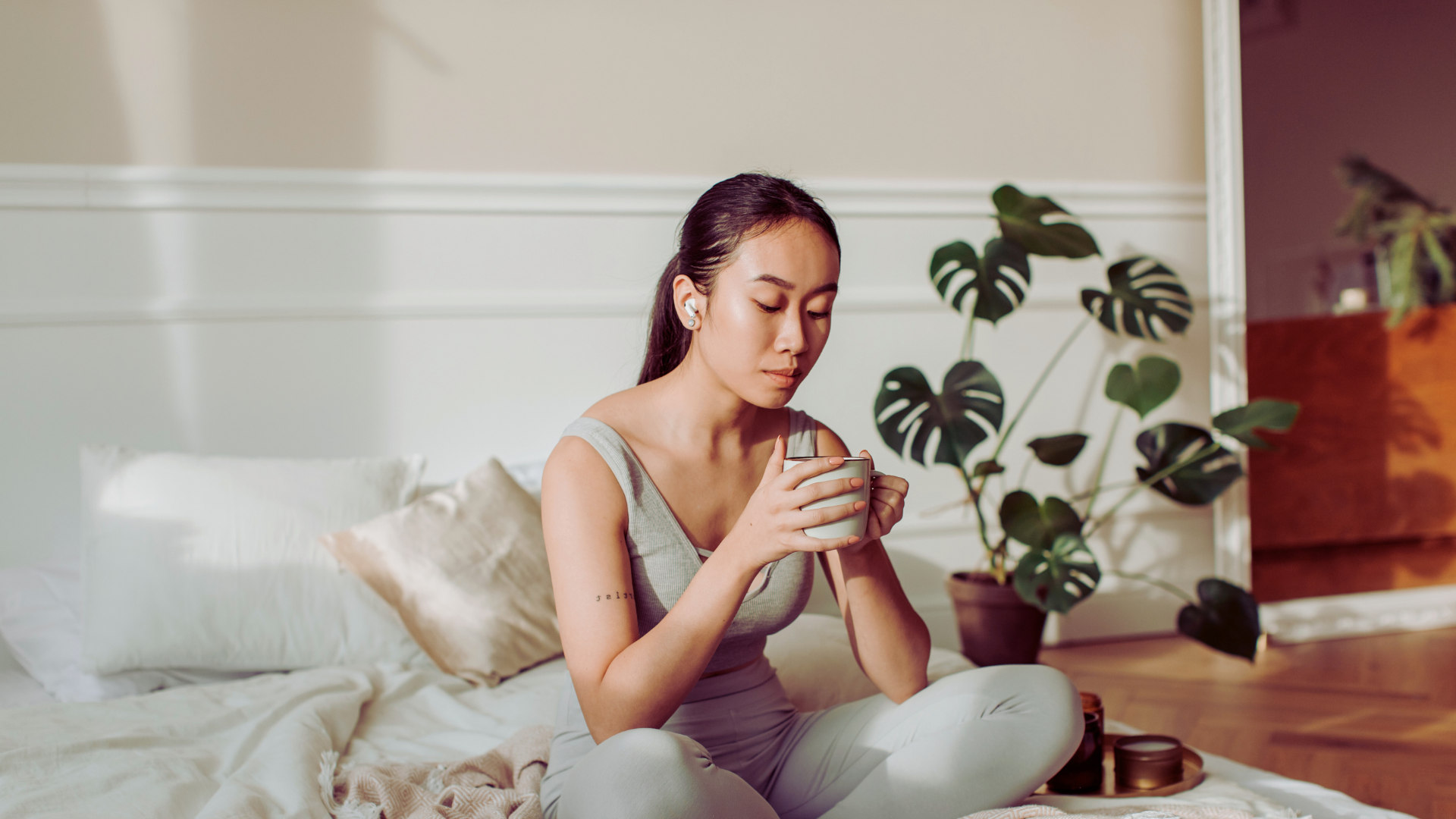For many, the day doesn’t truly begin until that first sip of coffee or black tea hits the tongue, delivering a jolt of caffeine to kickstart the morning. But what happens when that ritual starts to feel less like a boost and more like a burden? Perhaps you’ve noticed jitters, restless nights, or a nagging dependency that’s hard to shake. If this sounds familiar, you’re not alone—and you might be ready to explore a caffeine-free life. The good news? Transitioning doesn’t have to mean giving up flavor, comfort, or the joy of a warm cup in your hands. Herbal teas offer a vibrant, delicious, and soothing alternative, and with a little know-how, you can make the switch with ease.
At Onotea, we’re passionate about the world of teas—caffeinated or not—and we’re here to guide you through this journey. In this article, we’ll explore why caffeine-free living might be worth considering, the benefits of herbal teas, and practical steps to transition smoothly. Whether you’re cutting caffeine cold turkey or easing into it, herbal teas can become your new go-to with flavor and flair to spare.
Why Go Caffeine-Free?
Caffeine is a staple for millions, but it’s not without its downsides. While it’s celebrated for its ability to sharpen focus and boost energy, it can also overstimulate the nervous system, leading to anxiety, digestive issues, or sleep disruption. For some, the crash that follows the high is reason enough to rethink the habit. Others might be motivated by health concerns—pregnancy, heart conditions, or a desire to reduce adrenal fatigue—or simply a curiosity about life on the other side.
The decision to go caffeine-free isn’t about deprivation; it’s about reclaiming balance. Imagine waking up refreshed, not reliant on a cup to feel human, or winding down at night without a racing mind. Herbal teas can step in as a natural bridge, offering comfort and ritual without the buzz. Plus, they bring a host of wellness benefits that caffeine-heavy drinks can’t always match.
The Magic of Herbal Teas
Unlike true teas—black, green, white, or oolong, which come from the Camellia sinensis plant and contain caffeine—herbal teas are caffeine-free by nature. Technically called tisanes, they’re crafted from herbs, flowers, fruits, roots, and spices, steeped in hot water to release their flavors and properties. From calming chamomile to zesty hibiscus, the variety is endless, and each blend tells a story of taste and tradition.
Herbal teas aren’t just a blank slate; they’re a canvas for creativity and health. Peppermint soothes digestion, rooibos delivers antioxidants, and lavender eases stress. They’re naturally low in calories, free of stimulants, and often packed with vitamins and minerals. For those worried about missing the complexity of their morning brew, fear not—herbal blends can be bold, subtle, sweet, or spicy, rivaling any caffeinated sip.
Preparing for the Transition
Switching to a caffeine-free lifestyle isn’t just about swapping drinks; it’s a shift in mindset and routine. Caffeine withdrawal can be real—headaches, fatigue, and irritability might pop up, especially if you’re a heavy user. But with a thoughtful approach, you can minimize the bumps and embrace herbal teas as your allies. Here’s how to get started:
- Assess Your Current Intake
Before you dive in, take stock of how much caffeine you consume daily. Coffee, tea, energy drinks, soda—even chocolate—add to the tally. Knowing your baseline helps you decide whether to taper off gradually or go cold turkey. For most, a gradual reduction (cutting back by a cup or so each week) eases the body into the change. - Set Your Intention
Why are you making this shift? Better sleep? Less anxiety? A cleaner diet? Keeping your “why” in mind anchors you when cravings hit. Write it down, tell a friend, or stick a note on your kettle—whatever keeps you motivated. - Stock Your Pantry
The key to success is having herbal teas you’re excited to try. Visit a local tea shop or browse Onotea’s collection for inspiration. Start with a few flavors—perhaps a classic chamomile, a fruity blend like berry hibiscus, and something bold like ginger-turmeric. Variety keeps things fresh and fun. - Plan for Withdrawal
If you’re expecting withdrawal symptoms, prepare with rest, hydration, and patience. Herbal teas like peppermint or lemon balm can help soothe headaches, while a warm mug of rooibos might lift your mood. Give yourself grace—your body’s adjusting, and that takes time.
Easing Into Herbal Teas: A Step-by-Step Guide
Ready to make the switch? Here’s a practical roadmap to transition with ease, tailored to your pace and preferences.
Week 1: Blend the Old with the New
Start by replacing one caffeinated drink a day with an herbal tea. If you’re a morning coffee drinker, try sipping a robust rooibos—it’s earthy and full-bodied, a worthy stand-in. Keep your other cups as they are for now. Experiment with brewing times and temperatures to find what you love. Add a drizzle of honey or a splash of lemon if you’re missing a kick.
Week 2: Expand Your Horizons
Cut back another caffeinated drink and introduce a new herbal blend. Feeling sluggish? A citrusy blend with orange peel or lemongrass can perk you up without the caffeine. This is a great time to explore loose-leaf options—Onotea offers blends that feel artisanal and indulgent, perfect for savoring the process.
Week 3: Lean Into the Ritual
By now, you’re likely down to one or two caffeinated drinks. Focus on the ritual of tea-making—warming the water, watching the herbs steep, inhaling the aroma. Replace another cup with something soothing, like lavender-chamomile for evenings. Notice how your energy feels—steadier, perhaps, without the peaks and crashes.
Week 4: Go All In
Ditch the last of the caffeine and go fully herbal. Celebrate with a special blend—maybe a spiced chai made with rooibos instead of black tea, or a floral rose-hip tisane. If cravings linger, keep a stash of decaf treats (like decaf green tea, if you miss the taste) as a backup. You’re officially caffeine-free!
Finding Your Favorites
The beauty of herbal teas lies in their diversity. Here are some standout options to explore, each with its own personality and perks:
- Chamomile: A classic for relaxation, with a gentle, apple-like sweetness. Perfect for winding down.
- Peppermint: Crisp and refreshing, great for digestion and a mid-afternoon pick-me-up.
- Rooibos: Rich and nutty, a versatile base for blends. Packed with antioxidants and naturally sweet.
- Hibiscus: Tart and vibrant, with a ruby-red hue. Try it iced for a summery twist.
- Ginger: Spicy and warming, ideal for cold days or settling an upset stomach.
- Lavender: Floral and calming, a stress-busting treat before bed.
Mix and match to suit your mood. Love bold flavors? Blend ginger with turmeric. Craving something fruity? Pair hibiscus with dried apple or berries. Onotea’s curated selection makes it easy to find blends that sing to your taste buds.
Overcoming Challenges
The transition isn’t always seamless, but hurdles are part of the process. If you miss the caffeine buzz, lean on natural energy boosters—fresh air, a quick walk, or a zesty tea blend. Social settings can tricky too; when friends order lattes, you might feel left out. Bring your own herbal tea bag or ask for a tisane option—most cafes carry them now. And if you slip up with a sneaky espresso? No guilt—just sip some chamomile and get back on track.
The Long-Term Rewards
Stick with it, and the payoffs are profound. Sleep often deepens without caffeine’s interference—say goodbye to counting sheep. Energy levels stabilize, freeing you from the rollercoaster of highs and lows. Many report clearer skin, calmer nerves, and a lighter sense of being. Herbal teas become more than a substitute; they’re a lifestyle upgrade, steeped in flavor and intention.
Crafting Your Caffeine-Free Routine
Make herbal teas a cornerstone of your day. Start mornings with a bright blend like lemon-ginger to awaken your senses. Midday, refresh with peppermint or a fruity tisane. Evenings call for chamomile or lavender to signal rest. Invest in a beautiful teapot or infuser—Onotea’s accessories can elevate the experience. Over time, these moments become your new rituals, as cherished as that old coffee run.
A Word From Onotea
At Onotea, we believe tea is more than a drink—it’s a connection to nature, flavor, and yourself. Going caffeine-free doesn’t mean losing that connection; it’s a chance to explore a world of herbal wonders. Whether you’re sipping rooibos at sunrise or chamomile under the stars, you’re part of a timeless tradition, reimagined for your wellness.
So, why not start today? Pick a blend, boil the kettle, and take that first step toward caffeine-free living. The transition might just be easier—and tastier—than you think.

